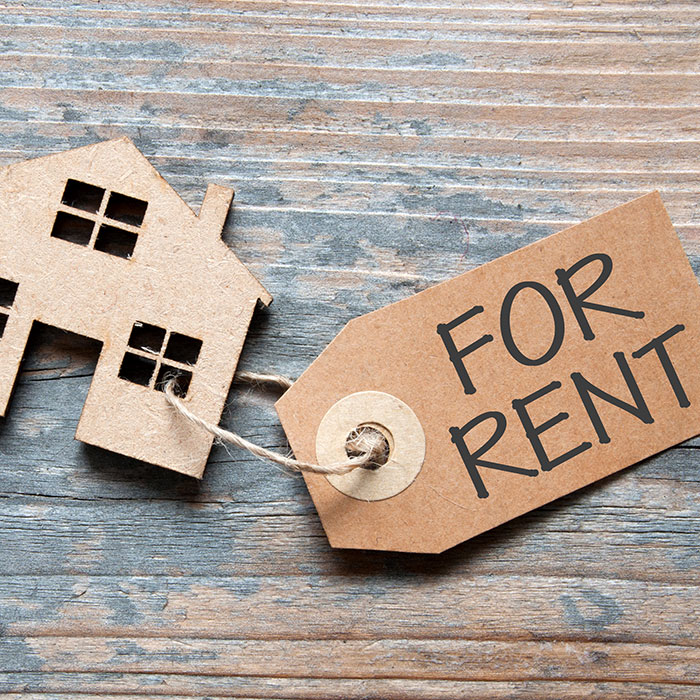Fees are generally higher
Not only are buy-to-let mortgages more expensive than residential mortgages when it comes to interest rates, but arrangement fees on buy-to-let mortgages can be a lot higher as well, with percentage-based fees of up to 3.5% of the mortgage amount typically being charged to secure the cheapest fixed or tracker rates.
Interest-only deals abound
While interest-only mortgages have largely been phased out of the residential market, you will easily be able to find such a deal with a buy-to-let mortgage. This is because buy-to-let properties can be more easily sold than residential properties, after tenants move out.
Landlords can claim tax relief on the interest they pay on a buy-to-let mortgage, although this benefit is being restricted over the next few years. So, interest-only mortgages can be more tax efficient than repayment ones as the whole repayment could qualify for this relief, rather than just the interest element of a capital and interest mortgage.
Income assessment
One of the key areas of difference between a buy-to-let mortgage and a mortgage on your home is how affordability is assessed. For a residential mortgage, income from employment, pension, benefits and a myriad of other sources is used to determine whether you can afford the mortgage repayment.
For a buy-to-let mortgage, while income is still used to determine if you will get the mortgage or not, and under what terms, it is usually assessed as a percentage of the mortgage payment – typically at least 125%, but this can be as much as 145% of the mortgage payment. So, if your mortgage payment is £600 per month, you need to be getting rental income of at least £750. Crucially, the ‘rental value’ of your property needs to be verified by the surveyor who conducts the mortgage valuation.
Finally, a lender may specify that you need a minimum income level to give them some confidence that you have other resources to fall back on, should you have trouble with under-occupancy or rental arrears.
Harder to get?
Given the stricter buy-to-let lending criteria, you may think that buy-to-let mortgages will be harder to get than residential ones.
As long as you’ve done your homework and have all your paperwork ready to go, you can arrange a buy-to-let mortgage in three to six weeks, which is similar to how long a residential deal can take.
So, buy-to-let mortgages may not be easier, but they won’t necessarily be harder to get either.
Things to watch out for…
Living in your rental property
If you change your mind, or your situation changes and you want to live in your buy-to-let property yourself, you will need to change to a residential mortgage. Similarly, most buy-to-let mortgages will have a clause in them that prevents close family members from being your tenants. Luckily, interest rates on residential mortgages tend to be lower, so you will likely be better off switching even if your BTL provider agrees to let you stay in the property or charges high early repayment charges.
Regulation
Most buy to let mortgage activity is not regulated by the Financial Conduct Authority (FCA). However advising on, arranging, lending and administering “Consumer buy-to-let mortgages” is subject to the Mortgage Credit Directive Order 2015. As such, the FCA is responsible for registering, supervising and taking action where necessary against firms carrying out these activities. Consumer buy to let is where the property is to be let to a close family member. These are regarded as regulated mortgages.
Use Simple Home Loans
If you thought getting a mortgage on your home was tough, the buy-to-let market can be an absolute nightmare in comparison! Using the services of Simple Home Loans can be invaluable in helping you to navigate through the nuances of different lenders’ conditions.
Couple this with the fact that we have access to mortgages you wouldn’t be able to get and the argument for using us becomes even more compelling!

